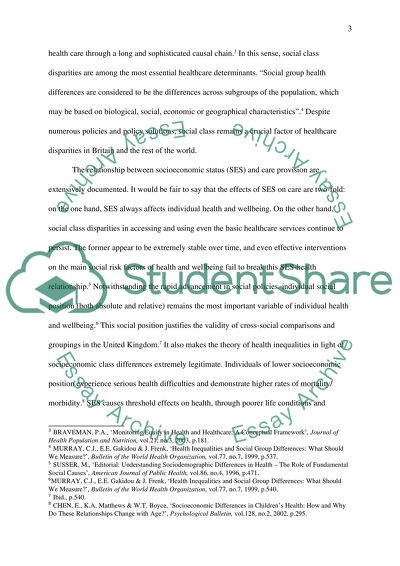Cite this document
(“Social class difference in Health and Healthcare Essay”, n.d.)
Retrieved from https://studentshare.org/health-sciences-medicine/1429181-outline-the-main-social-class-differences-in
Retrieved from https://studentshare.org/health-sciences-medicine/1429181-outline-the-main-social-class-differences-in
(Social Class Difference in Health and Healthcare Essay)
https://studentshare.org/health-sciences-medicine/1429181-outline-the-main-social-class-differences-in.
https://studentshare.org/health-sciences-medicine/1429181-outline-the-main-social-class-differences-in.
“Social Class Difference in Health and Healthcare Essay”, n.d. https://studentshare.org/health-sciences-medicine/1429181-outline-the-main-social-class-differences-in.


